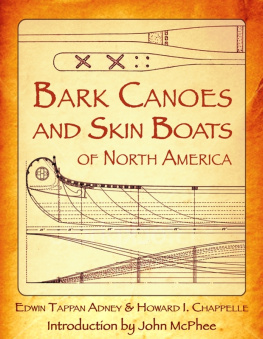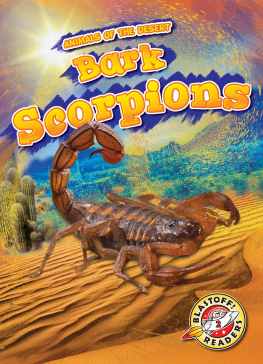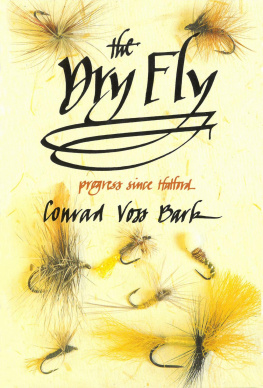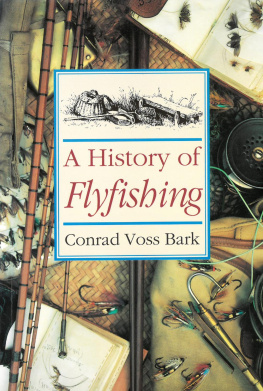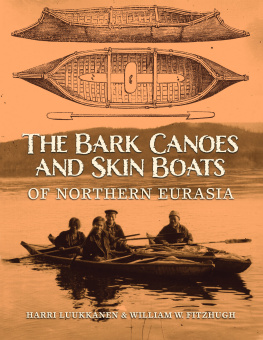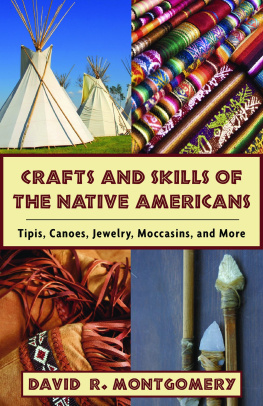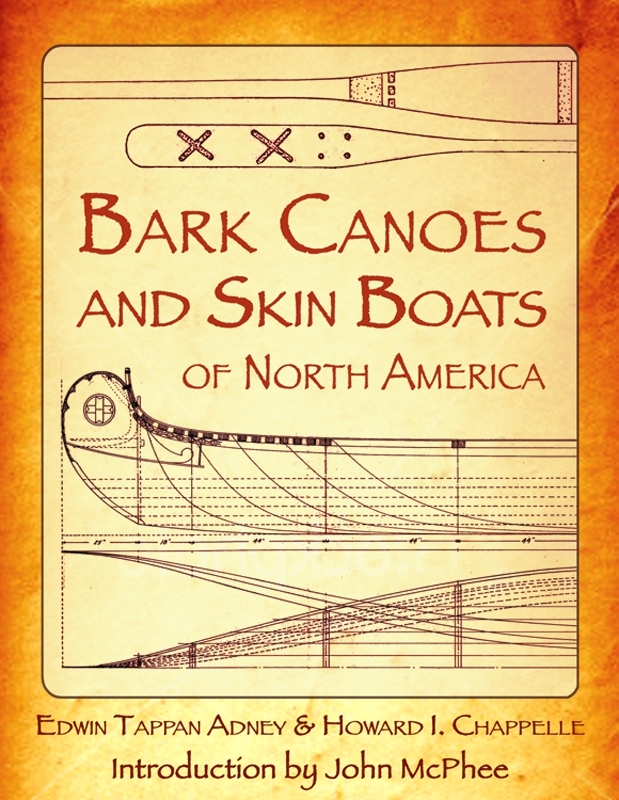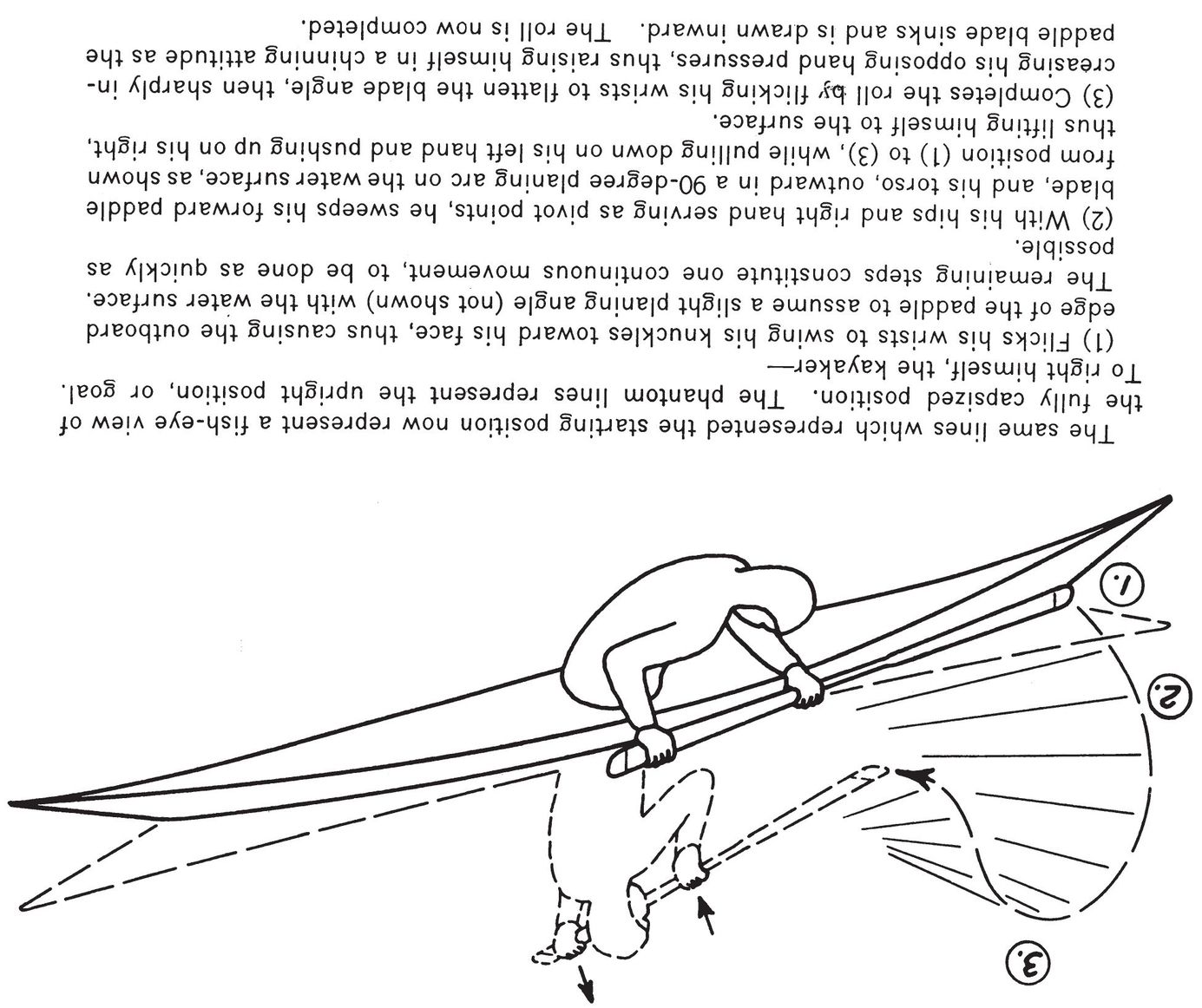Appendix
The Kayak Roll ,
John D. Heath
T HE MOST EXTRAORDINARY feat of kayak handling feat of kayak handling is the ability to right the craft after a capsize. This maneuver, called rolling, is usually practiced by capsizing on one side and recovering on the other. Under emergency conditions, a kayaker will recover on whichever side is more convenient. When rolling, a kayaker wears a waterproof jacket having long sleeves and a hood. The waist, face, and wrist openings are fitted with drawstrings, so that when the waist opening is fitted over the cockpit rim, the kayak and kayaker become a waterproof unit. Thus equipped, the kayak is the most seaworthy craft of its size, this quality being limited only by the skill and stamina of the kayaker.
The art of kayak rolling was highly developed in Alaska and Greenland. Eskimos in both of these regions depended upon seal hunting by kayak as a major part of their economy, hence the ability to roll was an important means of survival. Very little detailed information exists regarding Alaskan kayakers, but the Greenlanders have been the object of intensive study by ethnographers and explorers. The earliest detailed record of rolling was that of David Crantz, a European missionary, who in 1767 enumerated ten methods of rolling in his History of Greenland. His description follows.
1. The Greenlander lays himself first on one side, then on the other, with his body flat upon the water, (to imitate the case of one who is nearly, but not quite overset) and keeps the ballance with his pautik or oar, so that he raises himself again.
2. He overturns himself quite, so that his head hangs perpendicular underwater; in this dreadful posture he gives himself a swing with a stroke of his paddle, and raises himself aloft again on which side he will.
These are the most common cases of misfortune, which frequently occur in storms and high waves; but they still suppose that the Greenlander retains the advantage of his pautik in his hand, and is disentangled from the sealleather strap. But it may easily happen in the seal-fishery, that the man becomes entangled with the string, so that he either cannot rightly use the pautik, or that he loses it entirely. Therefore they must be prepared for this casualty. With this view
3. They run one end of the pautik under one of the crossstrings of the kajak, (to imitate its being entangled) overset, and scrabble up again by means of the artful motion of the other end of the pautik.
4. They hold one end of it in their mouth, and yet move the other end with their hand, so as to rear themselves upright again.
5. They lay the pautik behind their neck, and hold it there with both hands, or,
6. Hold it fast behind their back; so overturn, and by stirring it with both their hands behind them, without bringing it before, rise and recover.
7. They lay it across one shoulder, take hold of it with one hand before, and the other behind their back, and thus emerge from the deep.
These exercises are of service in cases where the pautik is entangled with the string; but because they may also quite lose it, in which the greatest danger lies, therefore,
8. Another exercise is, to run the pautik through the water under the kajak, hold it fast on both sides with their face lying on the kajak, in this position overturn, and rise again by moving the oar secundum artem on the top of the water from beneath. This is of service when they lose the oar during the oversetting, and yet see it swimming over them, to learn to manage it with both hands from below.
9. They let the oar go, turn themselves head down, reach their hand after it, and from the surface pull it down to them, and so rebound up.
10. But if they cant possibly reach it, they take either the hand-board off from the harpoon, or a knife, and try by the force of these, or even splashing the water with the palm of their hand, to swing themselves above water; but this seldom succeeds.
THE STANDARD GREENLAND ROLL
The solid lines represent the starting position for a clockwise roll (disregard the phantom lines until later). The paddle is held blade-on-edge along the starboard gunwale, with one end near the right hip, and the other end toward the bow. The kayaker leans forward and faces slightly to starboard. His left forearm is against, or near, the foredeck, and his left hand reaches across the starboard gunwale to grasp the paddle near, but short of, the middle. The right hand holds the paddle near the end, about even with the hip. The palms of both hands pass over the paddle, so that the knuckles are outboard. The kayaker takes a deep breath, leans to starboard and capsizes.
(Now turn the page upside down)
THE CRITICAL STAGE OF A CAPSIZE RECOVERY
The start (solid lines) and finish (phantom lines) of a planing sweep are shown head-on Success is almost certain if the kayaker has surfaced by the time he has completed the 90-degree sweep. Some minor refinements of rolling are apparent. The left forearm is shown right against the foredeck (a convenient means of orientation), the leading shoulder is nearer the surface (to gain lift when the torso is swung outward), and the hips right the kayak as far as possible while the torso is still partly submerged (to avoid having to lift torso and kayak at the same time).
Since Crantzs time, various authors have described kayak rolling. At least 30 methods of rolling have been known in Greenland. There are possibly many more, because the variations and combinations are numerous.
Although kayaking as a sport first became popular in the 1860s, it was not until the 1920s that the value of learning to roll began to be fully realized by the recreational kayaker. Interest has grown steadily since that time, and rolling instruction has been included as a regular part of many club training courses. A preliminary step in mastering the roll consists of using the paddle to prevent a capsize, by turning the blade parallel to the water surface and pressing down sharply on the side toward which the kayak is capsizing, while exerting an upward pressure with the other hand. This produces a rotary movement which restores the kayak to an even keel. Recreational canoeists call this maneuver a paddle brace.
Most kayak rolls are based upon one or more of three basic movements. These are the paddle brace, the sculling stroke, from which lift is obtained by moving the paddle back and forth through a small arc with the leading edge of the blade at a slight planing angle, and the sweep, from which lift is obtained by sweeping the blade through a large arc at a slight planing angle. The method of rolling shown in the sketches is the standard Greenland roll, so called because it is the most common roll encountered in Greenland. A slightly modified version of this roll is called by recreational canoeists the Pawlata roll in honor of the European who introduced it to them. Many skillful kayakers could not roll, and sometimes a highly skilled roller would fail to recover. Such men could be rescued by their companions by either of two common methods. One method was executed by placing the bow of the rescue craft within reach of the capsized paddlers hand, so that he could pull himself up by a onehanded chinning motion. The other method was executed by bringing the rescue kayak alongside the capsized kayak so that the two craft were parallel and about two feet apart. The rescuer then laid his paddle across both craft and holding it with one hand, reached down and grabbed the capsized paddlers arm. He then pulled him up between the two kayaks. This method enabled an enfeebled or unconscious kayaker to be rescued.

